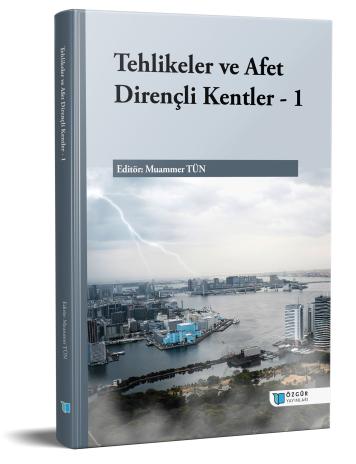
Post-Disaster Education: The Effects of School Closures and Ensuring Continuity of Education
Chapter from the book:
Tün,
M.
(ed.)
2024.
Hazards and Disaster Resilient Cities I.
Synopsis
This chapter addresses the impacts of disasters on education and emphasizes the contribution of education continuity to the normalization process. Disasters often deeply affect societies, shaking them to their core. Preplanning how the continuity of education can be maintained holds strategic importance for nations. Every harm inflicted upon the education system is directly related to the damage to the country's human capital. The section discusses various strategies that can be implemented for the continuity of education after the disasters, while also examining the effects of school closures or ineffective methods for continuity of education on students and teachers. The severity of crises arising from disasters has a decisive impact on the duration of school closures, influenced by factors such as the intensity of disasters, poverty rates, and the size of the vulnerable population. Additionally, the section addresses the effects of disasters on educational structures, students, and teachers, discussing issues such as learning loss, dropout rates, attendance rates, early marriages, loss of motivation, trauma, and post-traumatic stress disorder. The chapter emphasizes how school closures exacerbate inequalities in education, deepen socioeconomic disparities, disproportionately affect existing vulnerable groups, and increase the number of vulnerable groups. The final section discusses the necessary strategies for ensuring the continuity of post-disaster education in a quality manner, highlighting the importance of pre-disaster risk reduction activities and underscoring the necessity of comprehensive emergency preparedness plans at various levels.

